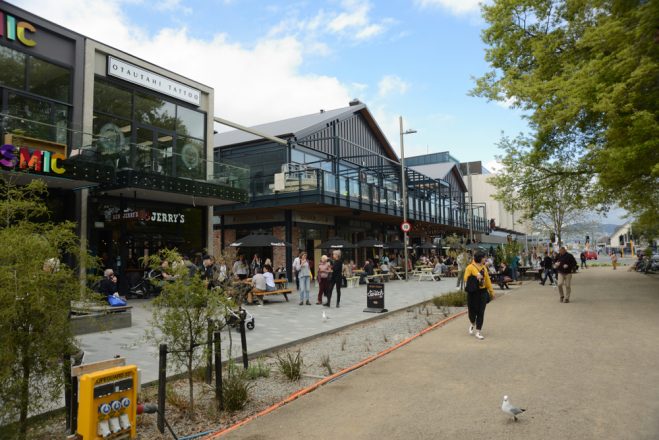오클랜드 COVID-19의 발생이 지연되고 있음에도 불구하고 기업들은 덜 비관적으로 느끼고 있다.
9월 ANZ 뉴질랜드 기업 전망은 7.2%로 8월의 14.2%에 비해 개선된 것으로 나타났다.
그러나 ANZ의 수석 경제학자 샤론 졸너는 수요가 회복될 것이라는 믿음에 기반한 자체적인 활동 전망은 18%의 순신뢰로 매우 강력하다고 말했다.
졸너는 “기본적으로 기업들은 우리가 한번 겪어봤고, 국내나 해외에서의 상황을 알고 있다. 따라서 재정적 지원이 도움이 되는 한 현재의 봉쇄 상황을 지켜보고 있는 것처럼 보인다.”고 말했다.
“봉쇄된지 거의 50일이 지났고 앞으로 나아갈 길은 여전히 매우 불투명하며 불확실성이 오래 지속될수록 위험성은 앞으로 내다보는 정서와 활동 지표가 하락하기 시작하지만, 현재로서는 상당히 건재해 보인다.”
그러나 높은 비용과 인플레이션 압력에 직면하여 이익 기대와 투자 의향은 낮아지고 있으며, 이는 사업 여건이 여전히 어려운 상태임을 보여준다.
“기업들 사이의 인플레이션 기대치는 약 3%로 리저브 은행의 목표 그룹 중 상위권에 자리잡고 있다. 가계의 기대치는 상당히 높고, 항상 그렇듯이 1.5%로 크게 뛰어올랐다. 만약 사람들이 인플레이션을 예상한다면, 두 회사의 비용 지출 능력에 영향을 미치기 때문에 이는 문제가 된다. 그러나 매우 빡빡한 노동 시장에서의 임금 협상도 함께 해야 한다.”
전세계적으로 모든 것이 높은 인플레이션을 가리키고 있다고 그녀는 말했다.
“이 파이프라인에 많은 세계적인 인플레이션이 있고 중앙 은행들이 그것이 단지 일시적인 것이라고 주장하는 것은 점점 설득력을 잃어간다.”
비즈니스 전망도 신용에 대한 접근에 대한 인식이 약간 개선되면서 신용 전선이 약간 개선된 것으로 나타났다.
신용회복에 대한 기대심리는 50.3%로 8월의 52.6%보다 약간 나아졌다.
경제학자 카메론 배그리는 이것은 “작은 진전”이었지만 그것은 역사상 세 번째로 최악의 기록이었다고 말했다.
“이는 전반적인 조사 내에서 활동과 다양한 지표가 상당히 잘 유지되고 있는 맥락에서 COVID 상황을 고려한 것”이라고 그는 말했다.
출처: RNZ 뉴스


















































-360x245.jpg)











